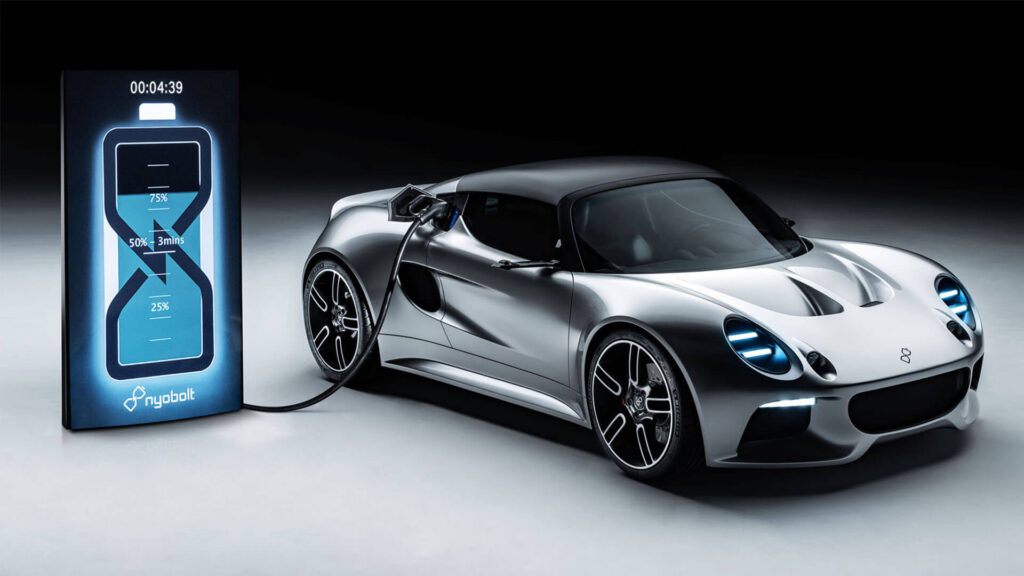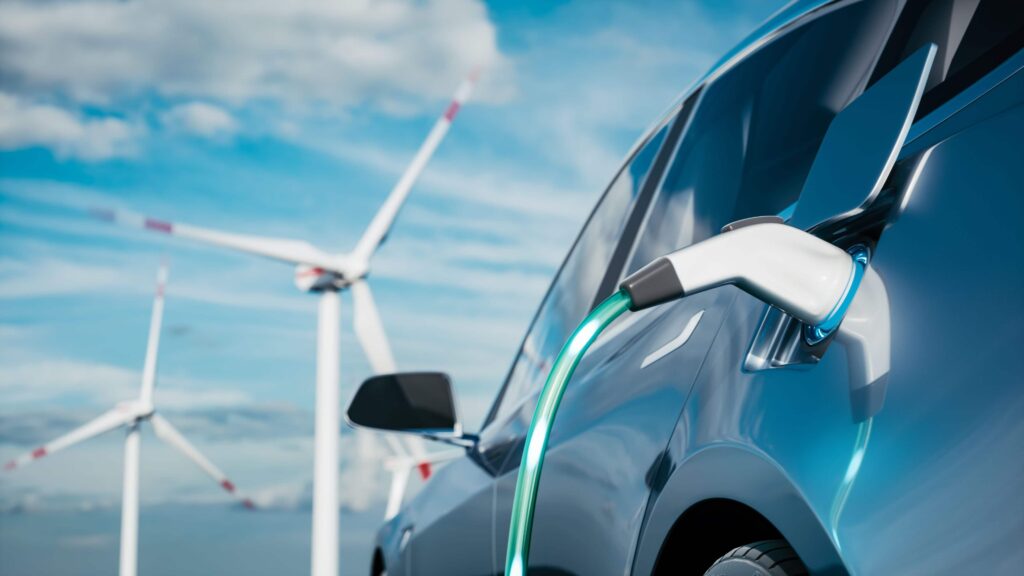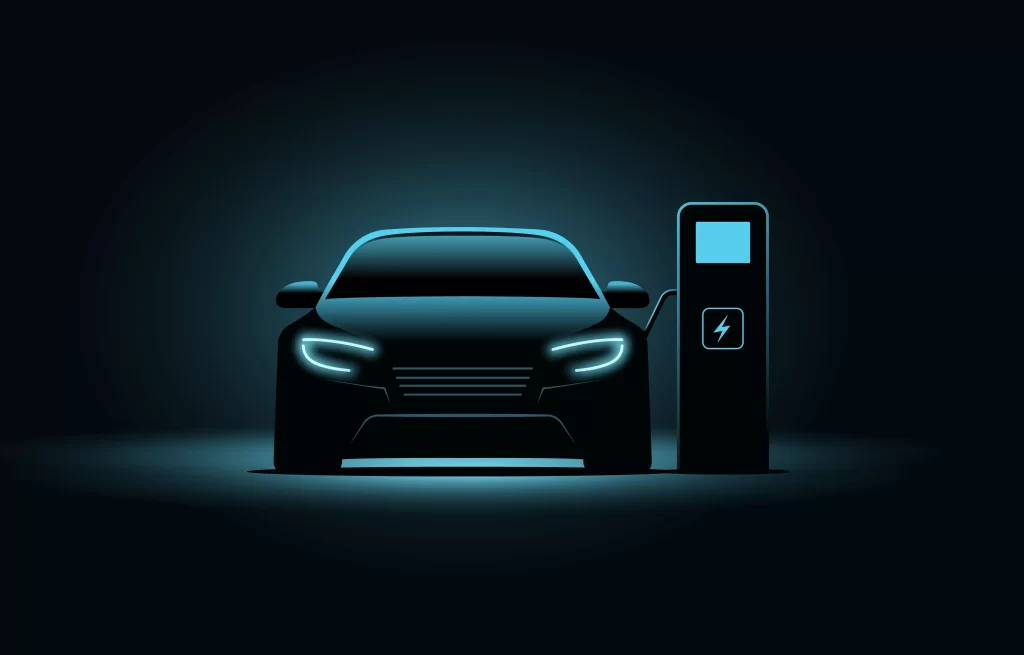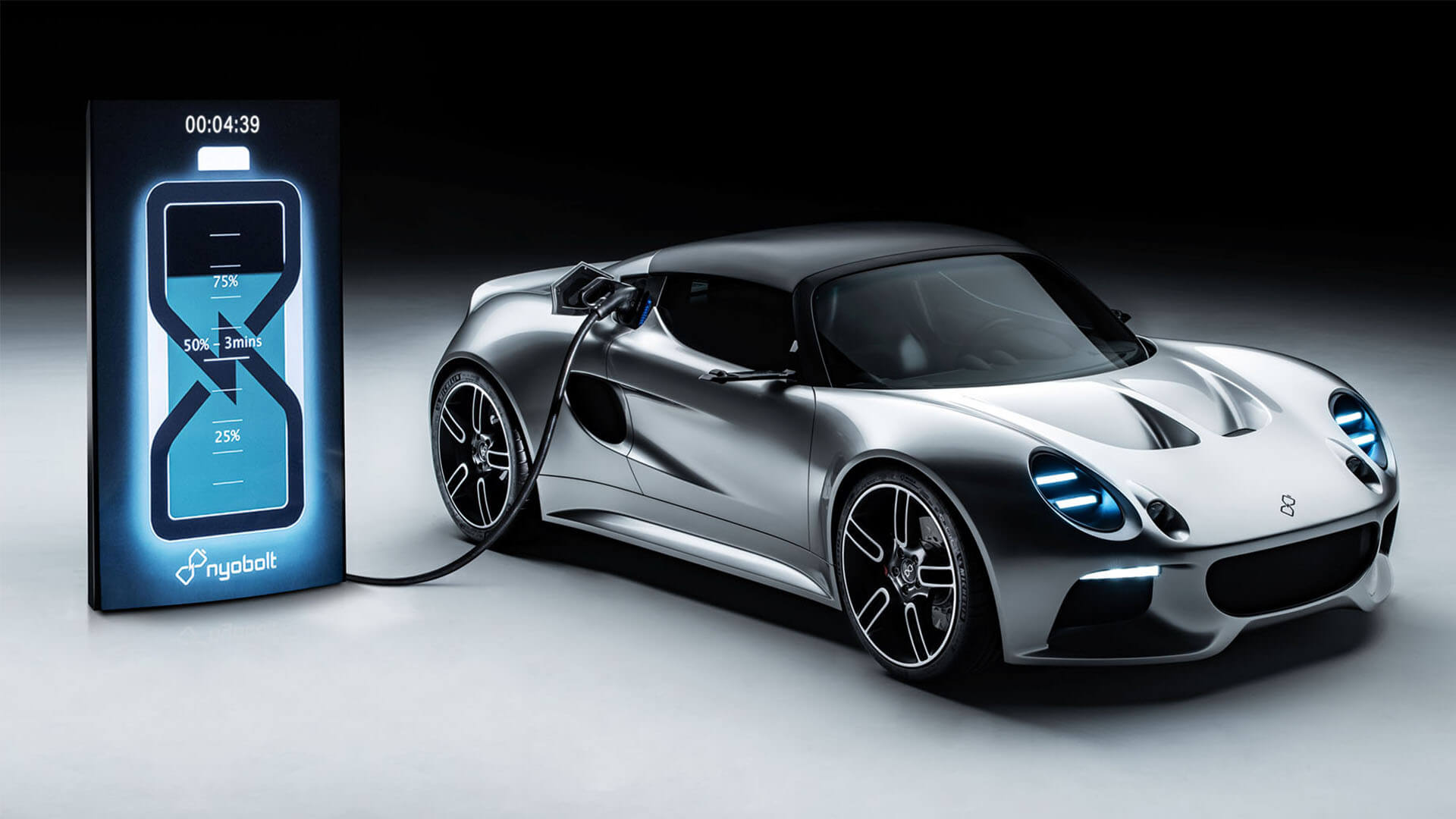Introduction

The automotive industry is undergoing a monumental transformation, with electric vehicles (EVs) at the forefront of this revolution. As concerns about climate change, air quality, and finite fossil fuel resources escalate, the transition to electric mobility is becoming increasingly urgent. This article explores the rise of electric vehicles, their environmental benefits, technological advancements, and the challenges and opportunities that lie ahead in the EV landscape.
The Green Advantage
One of the most significant advantages of electric vehicles is their environmentally friendly nature. Unlike conventional internal combustion engine vehicles that emit harmful pollutants and greenhouse gases, EVs produce zero tailpipe emissions. This reduction in air pollution not only contributes to cleaner air in our cities but also helps combat climate change by lowering carbon dioxide emissions. Furthermore, as the electricity grid becomes greener with the incorporation of renewable energy sources like wind and solar power, the environmental benefits of EVs continue to grow.
Technological Breakthroughs
The rapid development of battery technology has been a game-changer for electric vehicles. Lithium-ion batteries, the powerhouses behind EVs, have seen substantial improvements in energy density, charging speed, and overall durability. This progress translates into longer driving ranges, faster charging times, and extended battery lifespans, making EVs more practical and convenient for everyday use.
“Discover the Ultimate Top 10 Diets for the Whole Family’s Wellness!”
Additionally, advancements in electric motor efficiency and vehicle design have led to improved performance. Modern electric cars offer rapid acceleration, smooth rides, and impressive torque, challenging the notion that EVs are sluggish or underpowered. The rise of electric SUVs and sports cars further underscores the versatility and performance potential of electric propulsion.
Charging Infrastructure
While the growth of electric vehicles is undeniable, a critical challenge is the expansion of charging infrastructure. Access to convenient and fast charging stations is essential for the widespread adoption of EVs. Governments, businesses, and electric utilities are investing in building a comprehensive charging network to address range anxiety and encourage EV adoption. High-speed charging stations along highways, workplace charging, and home charging solutions are all part of this infrastructure push.
Government Initiatives
Many governments worldwide are offering incentives, rebates, and tax credits to promote the transition to electric vehicles. These incentives often include financial incentives for purchasing an EV, access to carpool lanes, reduced registration fees, and subsidies for installing home charging stations. These policies aim to make electric vehicles more affordable and attractive to consumers, further accelerating the shift away from fossil fuels.
Challenges and Opportunities
Despite the positive momentum, electric vehicles still face several challenges. The cost of batteries, while steadily declining, remains a significant factor in the purchase price of EVs. Expanding charging infrastructure, especially in rural and underserved areas, is an ongoing challenge. Additionally, concerns about the environmental impact of battery production and disposal need to be addressed through sustainable practices and recycling efforts.
Nevertheless, these challenges come with opportunities. As economies of scale drive down production costs, electric vehicles are becoming more affordable. Innovative business models, such as battery leasing and car-sharing services, are making EV ownership accessible to a broader audience. Furthermore, research into alternative battery chemistries and technologies like solid-state batteries holds the promise of even more significant advancements in the future.

Types of electric vehicles
An electric vehicle (EV) is a type of vehicle that uses one or more electric motors for propulsion instead of an internal combustion engine (ICE) that runs on gasoline or diesel fuel. EVs are powered by electricity stored in batteries or other energy storage devices, and they have gained significant popularity due to their environmental benefits and increasing advancements in technology.
“WATER POLLUTION: CAUSES, IMPACTS, AND SOLUTIONS FOR A CLEANER ENVIRONMENT”
There are several types of electric vehicles:
- Battery Electric Vehicles (BEVs): These vehicles are entirely powered by electricity stored in high-capacity batteries. They do not have an internal combustion engine and produce zero tailpipe emissions. BEVs are typically charged by plugging them into an electric power source, such as a home charging station or public charging station.
- Plug-in Hybrid Electric Vehicles (PHEVs): PHEVs have both an electric motor and an internal combustion engine. They can operate on electricity from their batteries for a limited range and then switch to the internal combustion engine when the battery is depleted. PHEVs can be charged via a plug or can use regenerative braking to charge the battery.
- Hybrid Electric Vehicles (HEVs): HEVs combine an internal combustion engine with an electric motor. They use the electric motor to assist the engine, especially during acceleration, which improves fuel efficiency. However, they cannot be charged externally; the battery is charged through regenerative braking and the engine’s operation.
- Fuel Cell Electric Vehicles (FCEVs): FCEVs use a hydrogen fuel cell to generate electricity, which powers an electric motor. These vehicles emit only water vapour as a byproduct and have longer driving ranges compared to most battery-electric vehicles. However, hydrogen infrastructure is less common than electric charging infrastructure.
Advantages of Electric Vehicles
Electric vehicles (EVs) offer several significant advantages, contributing to their growing popularity and their potential to reshape the future of transportation. Here are some key advantages of electric vehicles:
- Environmental Benefits:
- Zero Emissions: EVs produce no tailpipe emissions, reducing air pollution and greenhouse gas emissions, which contribute to climate change and poor air quality.
- Reduced Noise Pollution: Electric motors are quieter than internal combustion engines, leading to quieter urban environments.
- Lower Operating Costs:
- Lower Fuel Costs: Electricity is generally cheaper than gasoline or diesel fuel, resulting in lower fueling costs.
- Reduced Maintenance: EVs have fewer moving parts than traditional vehicles, leading to lower maintenance costs over the vehicle’s lifetime.
- Energy Efficiency:
- High Efficiency: Electric motors are highly efficient, converting a significant portion of the electrical energy from the grid into vehicle movement. In contrast, internal combustion engines are less efficient due to energy losses from heat and friction.
- Performance Advantages:
- Instant Torque: Electric motors provide instant torque, leading to rapid acceleration and responsive driving.
- Smooth and Silent Operation: EVs offer a quiet and smooth driving experience due to the absence of engine noise and vibrations.
- Long-Term Sustainability:
- Reduced Dependence on Fossil Fuels: EVs are not reliant on oil, reducing a nation’s dependence on fossil fuel imports and enhancing energy security.
- Integration with Renewable Energy: EVs can be charged using electricity from renewable sources like wind and solar power, further reducing their carbon footprint.
- Government Incentives:
- Many governments offer incentives, tax credits, and rebates to encourage the purchase of electric vehicles, making them more affordable for consumers.
- Technological Advancements:
- EV technology is advancing rapidly, leading to longer driving ranges, faster charging times, and improved battery durability.
- Ongoing research into battery technology promises even more significant improvements in the future.
- Reduced Oil Changes: EVs do not require regular oil changes, reducing the environmental impact of oil production and disposal.
- Convenience of Home Charging:
- Many EV owners can charge their vehicles at home using standard electrical outlets or dedicated home charging stations, providing convenience and flexibility.
- Reduced Energy Waste: Regenerative braking in EVs captures and stores energy typically lost as heat during braking, further improving energy efficiency.
- Reduced Urban Heat Island Effect: EVs contribute less heat to urban environments compared to vehicles with internal combustion engines, which can help mitigate the urban heat island effect.
- Lower Total Cost of Ownership: Despite the higher upfront cost of some EVs, when factoring in lower operating and maintenance costs, EVs can have a lower total cost of ownership over the vehicle’s lifetime.
Disadvantages of EV

While electric vehicles (EVs) offer numerous advantages, they also come with some disadvantages and challenges. It’s essential to consider these factors when evaluating whether an EV is the right choice for your needs. Here are some of the disadvantages of electric vehicles:
- Limited Driving Range:
- Many EVs have a limited driving range on a single charge compared to traditional gasoline-powered vehicles. While this range has been improving over time, it can still be a concern for long-distance travel.
- Charging Infrastructure:
- Access to charging infrastructure can be uneven, especially in rural or less-developed areas. Finding charging stations may be challenging for some users, leading to “range anxiety.”
- Charging Time:
- Charging an EV takes longer than refuelling a gasoline vehicle. While home charging overnight is convenient, fast charging stations are required for longer trips, and even these can take around 30 minutes or more for a significant charge.
- Upfront Cost:
- The initial purchase price of many EVs is higher than that of their gasoline-powered counterparts. While this cost difference is decreasing, it can still be a barrier for some buyers.
- Depreciation and Resale Value:
- Some EVs may depreciate faster than traditional vehicles, which can impact their resale value. However, this can vary depending on the make and model of the EV.
- Limited Model Variety:
- The selection of EV models, particularly in certain vehicle categories like trucks and SUVs, may be more limited compared to traditional vehicles. This may limit choices for consumers with specific preferences.
- Battery Degradation:
- Over time, EV batteries can degrade, resulting in reduced driving range and performance. However, most modern EVs come with warranties covering battery performance for a specific duration or mileage.
- Charging Time and Availability:
- Depending on the location and charging infrastructure, EV charging stations may be occupied, leading to delays in recharging your vehicle.
- Home Charging Infrastructure:
- While many EV owners can charge at home, this may not be feasible for everyone. Installing a dedicated home charging station may require additional electrical work and cost.
- Environmental Impact of Battery Production:
- The production of lithium-ion batteries for EVs can have environmental impacts, including resource extraction and energy-intensive manufacturing processes. However, advancements in battery recycling and more sustainable materials are being explored to mitigate these concerns.
- Limited Availability of Charging for Apartment Dwellers:
- People who live in apartments or shared housing may not have easy access to home charging, making EV ownership less convenient.
- Cold Weather Performance:
- EVs can experience reduced efficiency and range in very cold weather due to the effects of low temperatures on battery performance.
- Towing and Hauling Capacity:
- Some EVs may have lower towing and hauling capacities compared to certain traditional vehicles, limiting their suitability for specific tasks.




[…] “SPARK OF CHANGE: HOW ELECTRIC VEHICLES ARE SHAPING TOMORROW’S TRANSPORTATION” […]
Appreciate it for this post, I am a big fan of this web site would like to keep updated.